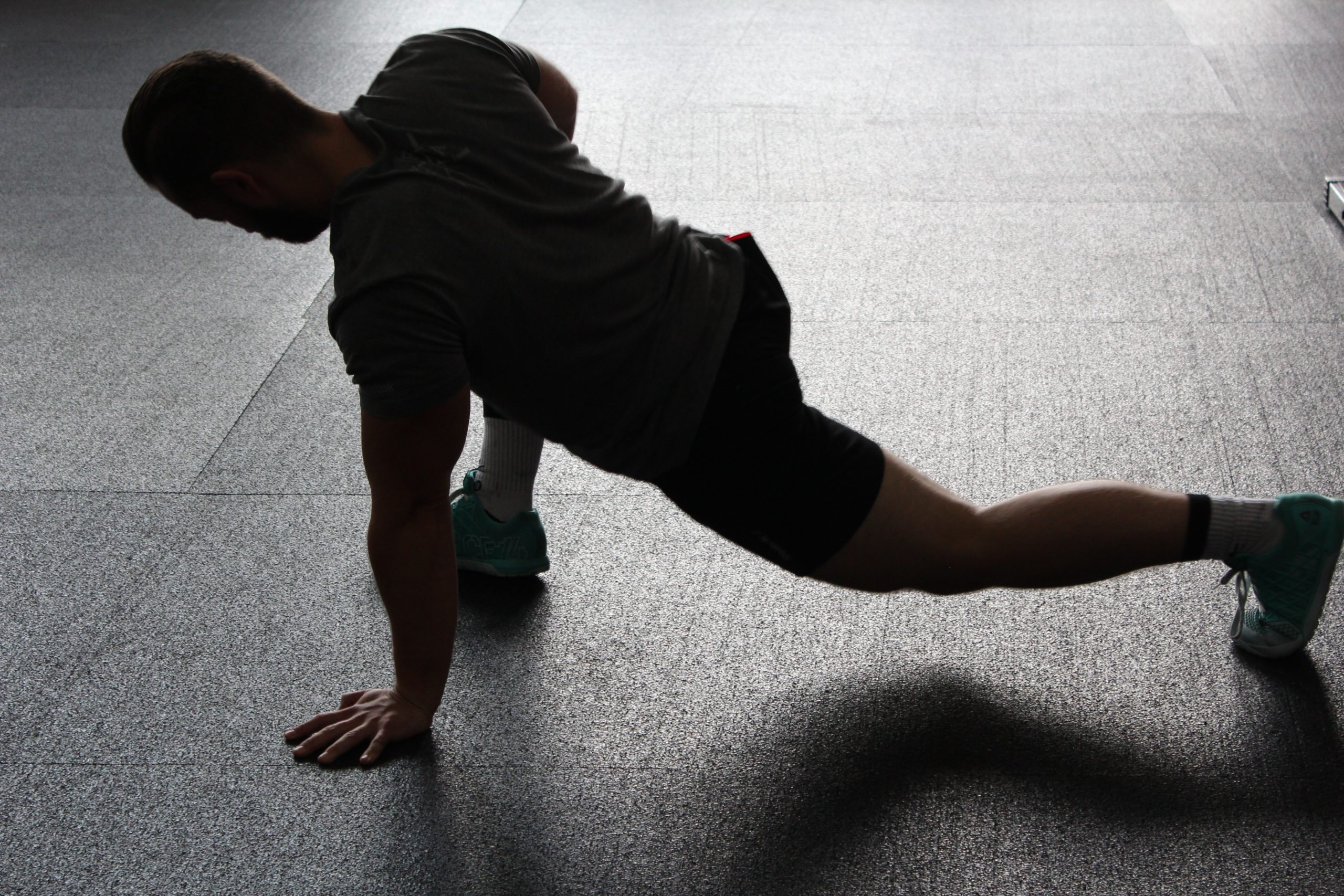Warming up before exercise is an essential step in preparing your body for physical activity. A proper warm-up not only helps to prevent injuries but also improves performance and overall workout effectiveness. In this blog post, we will explore the science behind warming up and discuss various techniques for preparing your body for exercise.
Important Aspects of Warm-up
Increases Blood Flow
The first step in warming up is to increase blood flow to the muscles. When you begin to exercise, your heart rate and blood flow increase, bringing oxygen and nutrients to the working muscles. This increase in blood flow also helps to remove waste products such as lactic acid and carbon dioxide, which can cause muscle fatigue and soreness. By increasing blood flow before exercise, you are helping your muscles to function more efficiently during your workout.
Increase Muscle Temperature
Another important aspect of warming up is to increase muscle temperature. When muscles are cold, they are more prone to injury. Increasing muscle temperature through a warm-up helps to improve muscle elasticity and flexibility, making them less susceptible to injury. Research has also shown that muscles that are warm before exercise contract more forcefully and generate more power, leading to improved performance.
Dynamic Stretching
Dynamic stretching is another important component of a proper warm-up. Dynamic stretching refers to moving stretches that involve movement and mimic the specific movements of the exercise you will be performing. This type of stretching helps to activate the muscles and increase the range of motion, preparing them for the workout ahead. Examples of dynamic stretches include leg swings, arm circles, and lunges.
Increase Heart Rate and Blood Flow
Incorporating a light cardio warm-up, such as jogging or cycling, is also beneficial. Cardio warm-ups help to increase heart rate and blood flow, preparing the body for the workout ahead. It also helps to raise the body temperature and can also help to release any tension in the muscles.
Proper Form and Technique
Additionally, it's crucial to focus on proper form and technique during your warm-up. This can include practising specific movements or exercises, focusing on proper alignment, and identifying any muscle imbalances or areas of tightness. This can help to prevent injuries and improve overall performance.
Mentally Prepare
Apart from the physical benefits, warming up also has psychological benefits. It can help to mentally prepare yourself for the workout ahead, getting you in the right mindset for exercise. It can also help to reduce anxiety and stress levels, helping you to stay calm and focused during your workout.
Physically Prepare
It's also worth noting that the intensity and duration of your warm-up should be tailored to the type of exercise you'll be doing. For example, a warm-up for a high-intensity interval training (HIIT) session will be different from a warm-up for a yoga class. Be sure to adjust your warm-up accordingly to get the most out of your workout.
In conclusion, the importance of a proper warm-up cannot be overstated. A proper warm-up helps to increase blood flow to the muscles, prevent injuries, and improve overall performance. Dynamic stretching, muscle activation exercises and cardiovascular component are key aspects of a good warm-up. It is important to remember that the length and intensity of the warm-up should be specific to the type of workout you will be doing. It is always best to consult with a personal trainer or fitness professional to determine the best warm-up for your specific workout and fitness goals. A proper warm-up is an essential step in achieving your fitness goals.
